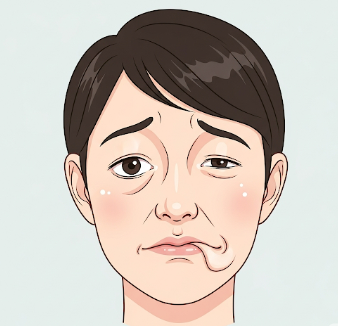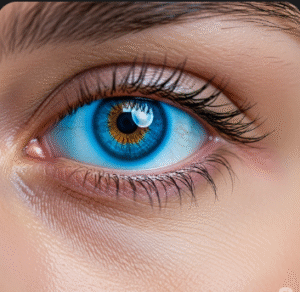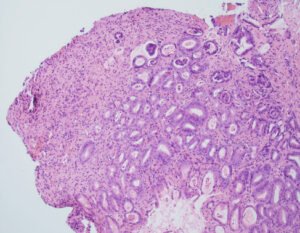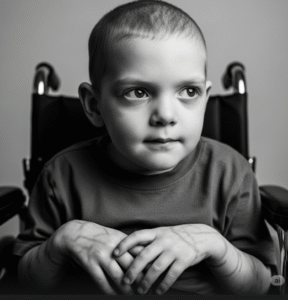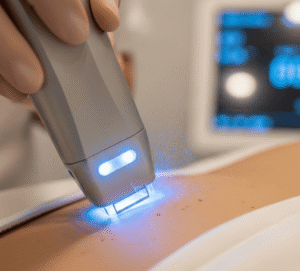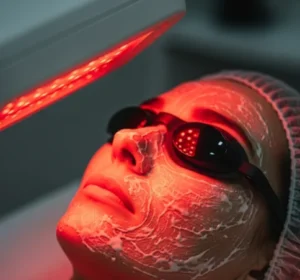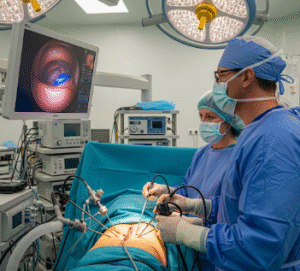Overview
Facial paralysis refers to the loss of voluntary muscle movement in one or both sides of the face. This condition can affect expressions, speech, eye closure, and overall facial symmetry, often leading to functional and emotional challenges. Facial paralysis can be sudden or gradual, temporary or permanent, and is usually caused by nerve damage, infection, trauma, or neurological disorders. In Korea, neurology, otolaryngology, and specialized facial rehabilitation clinics provide comprehensive evaluation, diagnostic imaging, and tailored treatment plans to restore function and minimize complications.
Highlights:
➤ Loss of voluntary facial movement, often on one side
➤ Can impact speech, expression, and eye function
➤ Requires prompt evaluation to prevent permanent damage
Key Facts
➤ Prevalence: Bell’s palsy, the most common cause, affects approximately 20–30 per 100,000 people annually
➤ Age affected: Can occur at any age; most common in adults aged 20–60
➤ Gender: Slightly more frequent in females
➤ Impact: Can lead to difficulty eating, drinking, speaking, and social interactions
➤ Prognosis: Many cases improve with treatment; early intervention improves recovery rates
What is Facial Paralysis?
Facial paralysis is the inability to move facial muscles voluntarily, typically caused by damage to the facial nerve (cranial nerve VII). Types include:
- Peripheral facial paralysis: Damage to the facial nerve after it exits the brainstem, often seen in Bell’s palsy or trauma
- Central facial paralysis: Resulting from damage to the brain, such as stroke, affecting voluntary facial movement
- Complete vs. partial paralysis: Ranges from total inability to move the affected side to mild weakness
Highlights:
➤ Facial nerve involvement is central to peripheral facial paralysis
➤ Presentation may differ between central and peripheral causes
➤ Early recognition is critical for effective management
What Symptoms Are Related to Facial Paralysis?
➤ Asymmetry of the face: Drooping of mouth or eyelid
➤ Inability to close the eye on the affected side
➤ Loss of facial expressions: Smiling, frowning, or blinking may be impaired
➤ Drooling or difficulty eating and drinking
➤ Changes in taste or reduced sense of taste on the anterior tongue
➤ Hyperacusis: Increased sensitivity to sound in one ear
➤ Pain or discomfort around the jaw or ear
➤ Emotional and social impact: Anxiety, depression, or social withdrawal
Highlights:
➣ Symptom severity varies depending on cause and nerve involvement
➣ Functional and psychological consequences are significant in many cases
What Causes / Possible Causes
➤ Bell’s palsy: Sudden onset idiopathic facial paralysis, likely linked to viral infection
➤ Stroke or cerebrovascular events: Central facial paralysis
➤ Trauma or surgery: Facial fractures, skull base injury, or surgical complications
➤ Infections: Herpes zoster (Ramsay Hunt syndrome), otitis media
➤ Tumors: Acoustic neuroma, parotid gland tumors compressing the facial nerve
➤ Neurological disorders: Multiple sclerosis or Guillain-Barré syndrome
➤ Congenital conditions: Moebius syndrome or birth-related nerve injury
Highlights:
➣ Causes range from idiopathic and viral to vascular, traumatic, and neoplastic
➣ Identifying the underlying cause guides treatment and prognosis
When Should I See My Doctor?
➤ Sudden onset facial weakness or drooping – Especially one-sided
➤ Inability to close the eye or difficulty speaking
➤ Associated neurological symptoms: Weakness in limbs, numbness, vision changes, or dizziness
➤ Persistent or worsening symptoms beyond a few weeks
➤ Pain, rash, or hearing changes – May suggest viral infection or other complications
Highlights:
➣ Early evaluation at a Korean neurology or ENT clinic maximizes recovery chances
➣ Prompt intervention reduces risk of permanent facial dysfunction
Care and Treatment
➤ Medications:
- Corticosteroids: Reduce inflammation and nerve swelling (e.g., prednisolone for Bell’s palsy)
- Antiviral therapy: For herpes zoster or suspected viral causes
➤ Physical therapy: Facial exercises, massage, and neuromuscular retraining to maintain muscle tone
➤ Eye care: Artificial tears, eye patches, or moisture goggles to prevent corneal damage
➤ Surgical intervention: Nerve decompression or repair in severe or non-recovering cases
➤ Psychological support: Counseling to address emotional and social impact
➤ Monitoring: Regular assessment of facial function, symmetry, and recovery progress
Highlights:
➣ Most peripheral facial paralysis improves with early medication and therapy
➣ Eye protection and rehabilitation are critical to prevent complications
Treatment Options in Korea
Medical Treatments:
➤ Neurology and ENT clinics: Comprehensive facial nerve evaluation, imaging, and prescription therapy
➤ Medications: Corticosteroids, antivirals, and supportive therapies
➤ Physical therapy centers: Facial muscle retraining, massage, and neuromuscular stimulation
Advanced Procedures:
➤ Surgical nerve repair or decompression: For trauma, tumors, or persistent paralysis
➤ Botulinum toxin injections: For synkinesis (involuntary facial movements during recovery)
➤ Ocular protection devices: Moisture goggles, patches, or eyelid weights for incomplete eye closure
➤ Follow-up care: Continuous monitoring of facial nerve recovery, functional improvement, and cosmetic outcomes
Rehabilitation & Follow-Up Care:
➤ Education on eye protection, facial exercises, and adaptive strategies
➤ Monitoring for nerve regeneration and symptom resolution
➤ Multidisciplinary support for emotional, social, and functional challenges
Highlights:
➣ Korean clinics provide specialized diagnostics, individualized therapy, and long-term rehabilitation
➣ Early intervention ensures optimal recovery, reduced complications, and improved quality of life

